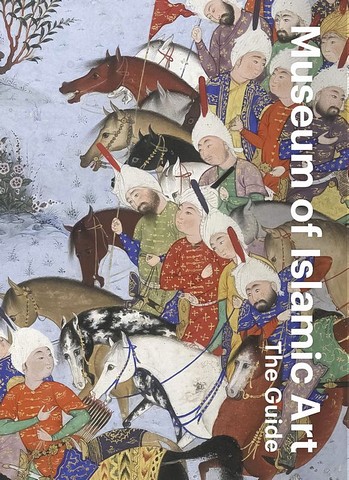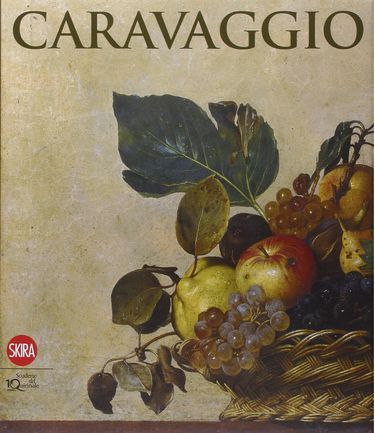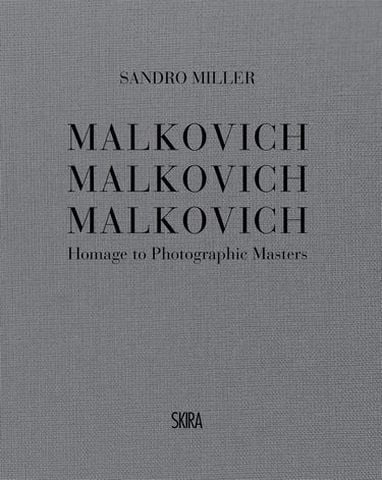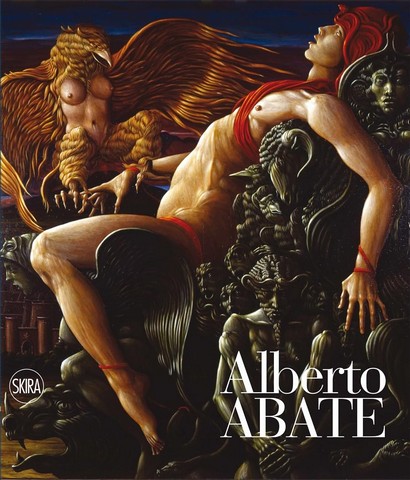🎬 Конкурс коротких відео #KebukExperience🎬 Конкурс відео
Виграй сертифікат на 500 грн! ⏰ До 18 грудня⏰ До 18.12

Fashioning an Empire: Textiles from Safavid Iran
Автор: Nicoletta Fazio
Видавництво: Skira
В наявності
Кількість сторінок176
Рік видання2024
Magnificent examples of Safavid silks and their impact on 17th-century economy and society
With their sumptuous surfaces, original designs and technical sophistication, luxury textiles played a critical role in the social, cultural, religious and economic life of Safavid Iran (1501–1722). Used for clothing, furnishing and even architecture, fabrics also functioned as important symbols of power and as ubiquitous forms of artistic expression. In the 17th century, they became the most lucrative economic commodity in Iran and were exported by land and sea to both Europe and the East, generating tremendous wealth and prosperity for the Safavid Empire. By employing the most talented designers and bringing the industry under state control, Shah ‘Abbas I built a flourishing silk economy that fueled an era of rich artistic development and cultural exchange.
With their sumptuous surfaces, original designs and technical sophistication, luxury textiles played a critical role in the social, cultural, religious and economic life of Safavid Iran (1501–1722). Used for clothing, furnishing and even architecture, fabrics also functioned as important symbols of power and as ubiquitous forms of artistic expression. In the 17th century, they became the most lucrative economic commodity in Iran and were exported by land and sea to both Europe and the East, generating tremendous wealth and prosperity for the Safavid Empire. By employing the most talented designers and bringing the industry under state control, Shah ‘Abbas I built a flourishing silk economy that fueled an era of rich artistic development and cultural exchange.






Коментарі
Щоб залишити коментар, будь ласка, увійдіть або зареєструйтесь